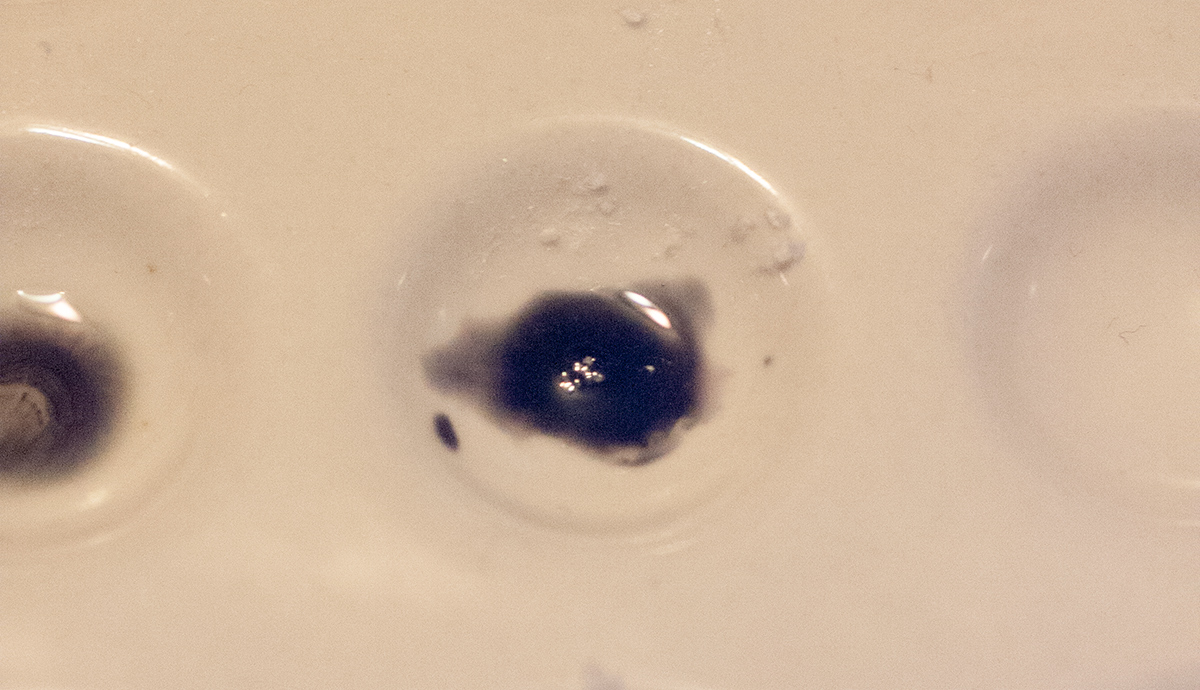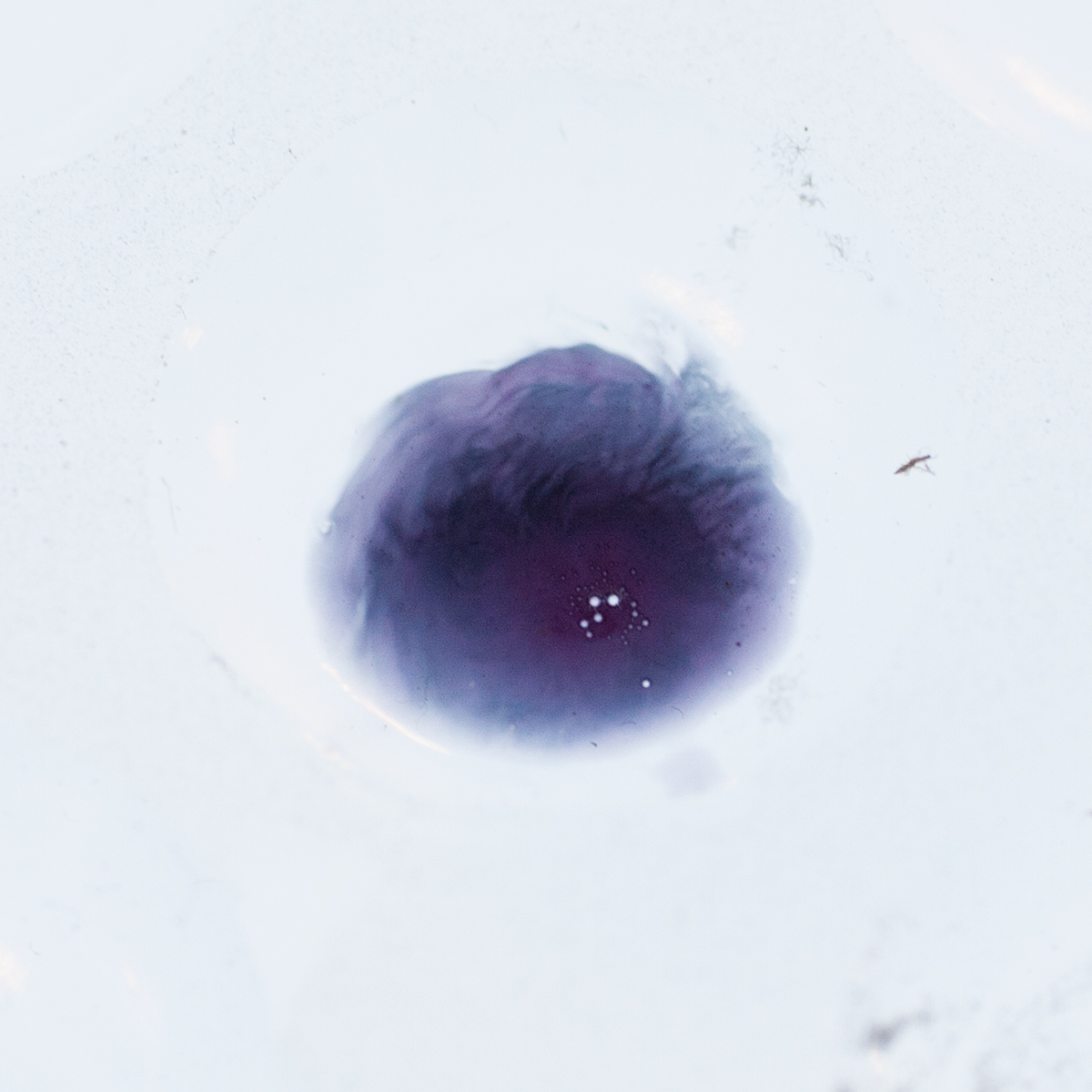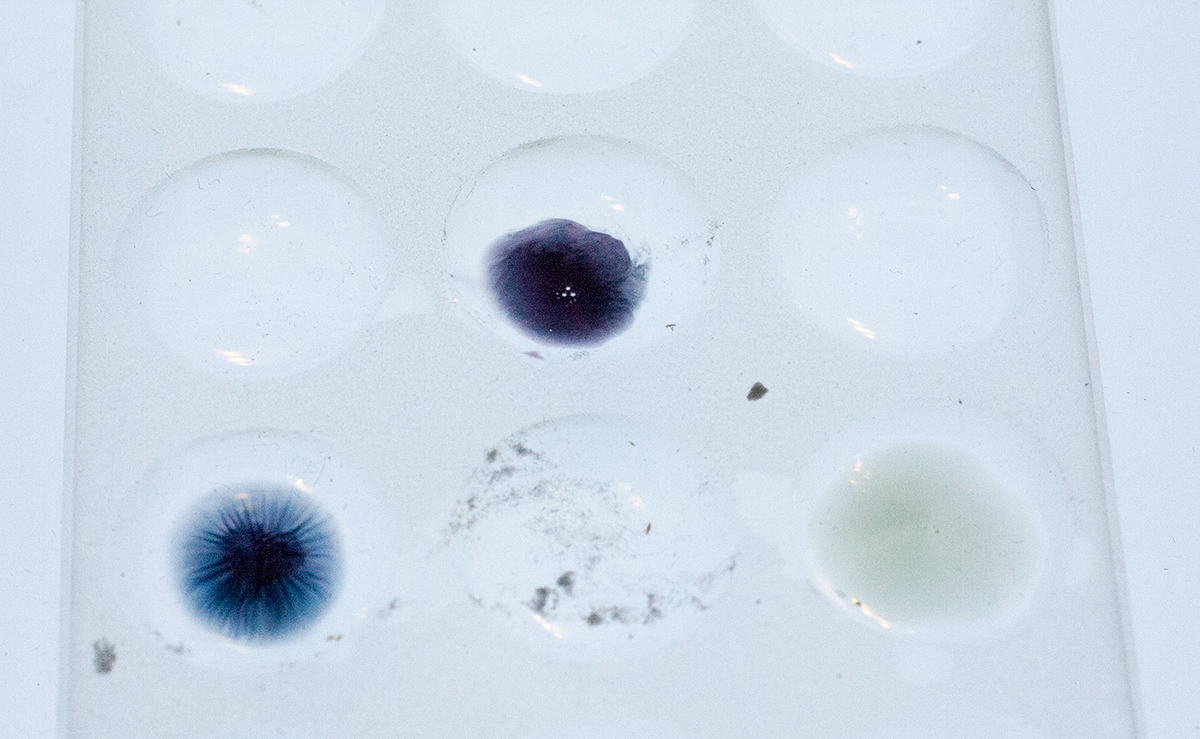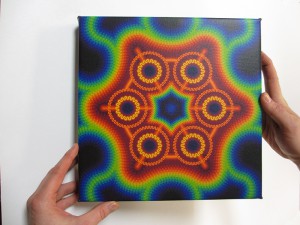In a truly revolutionary step, the Hawaiian government is paying to review the effects of alternate drug policies.
They are specifically including Portugal and total decrim for personal possession. Amazing.
http://www.capitol.hawaii.gov/measure_indiv.aspx?billtype=HCR&billnumber=127&year=2016
Full Text:
http://www.capitol.hawaii.gov/session2016/bills/HCR127_HD1_.pdf
Ending section:
BE IT RESOLVED by the House of Representatives of the Twenty-eighth Legislature of the State of Hawaii, Regular Session of 2016, the Senate concurring, that the Legislative Reference Bureau is requested to conduct a study on the feasibility and advisability of decriminalizing the illegal possession of drugs for personal use in Hawaii; and
BE IT FURTHER RESOLVED that the study include:
(1) A survey of all existing criminal drug offenses in Hawaii that are a class C felony or lower and pertain to the illegal possession for personal use of a drug;
(2) A review of the current national drug policy of Portugal pertaining to the illegal possession of drugs for personal use, with a focus on the use of the policy as a potential model for the decriminalization of the offenses identified under paragraph (1); and
(3) The feasibility and advisability of decriminalizing the offenses identified under paragraph (1), such that the conduct constituting an offense would constitute an administrative or civil violation rather than a criminal offense; and
BE IT FURTHER RESOLVED that the Legislative Reference Bureau is requested to submit a written report of its findings and recommendations, including any proposed legislation, to the Legislature no later than twenty days prior to the convening of the Regular Session of 2017; and
BE IT FURTHER RESOLVED that the Judiciary and the Department of Public Safety are each requested to provide statistics and other information as may be requested by the Bureau to assist in the timely completion of the study; and
BE IT FURTHER RESOLVED that certified copies of this Concurrent Resolution be transmitted to the Director of the Legislative Reference Bureau, the Chief Justice, the Administrative Director of the Courts, and the Director of Public Safety.






